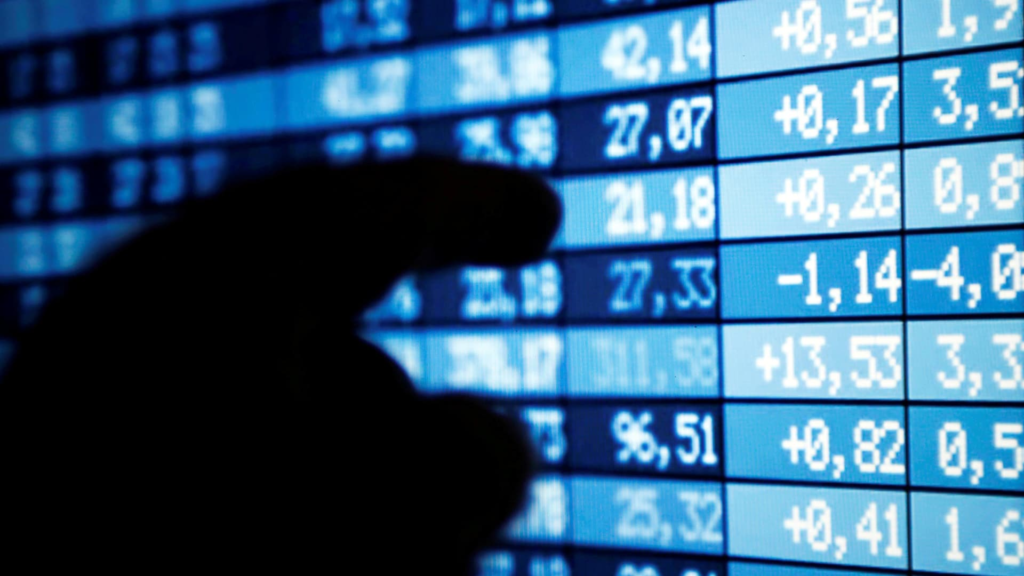European markets rallied sharply on Thursday, marking their best trading session in three years, after U.S. President Donald Trump announced a temporary easing of tariffs on most trade partners.
The pan-European Stoxx 600 index surged 4.3% by mid-afternoon in London, with gains spread across all sectors. Banking, technology, and industrial stocks led the charge, climbing 6%, 6%, and 5% respectively.
The rebound followed a volatile week in which the Stoxx 600 had plunged 3.5% on Wednesday, hitting its lowest close since January 2024.
Trump’s sudden reversal on tariffs gave global markets a jolt of optimism. On Wednesday, he announced a 90-day reduction in tariff rates to 10% for most U.S. trade partners—a sharp contrast to earlier comments in which he vowed to maintain high duties.

U.S. markets responded with a historic surge. The S&P 500 spiked more than 9%, marking its third-largest one-day gain since World War II. The Dow Jones Industrial Average jumped 7.87%, its biggest advance since March 2020, while the tech-heavy Nasdaq soared over 12%, recording its second-strongest day on record.
Despite Wednesday’s rally, U.S. stocks opened lower on Thursday, as uncertainty around long-term trade policy remained.
Trump’s revised tariff stance coincided with the official start of his so-called reciprocal tariffs, affecting nearly 90 countries. Notably, China was excluded from the reprieve. After China announced plans to hike tariffs on U.S. goods to 84%, the White House raised its tariff rate on Chinese imports to 145%, factoring in a 20% fentanyl-related duty previously imposed.
The European Union also responded, approving its first round of countermeasures against U.S. steel and aluminum tariffs. However, following Trump’s policy shift, the bloc announced a 90-day pause on its retaliatory tariffs.
Asian markets followed the global upswing, with Japanese stocks leading regional gains during Thursday trading.
